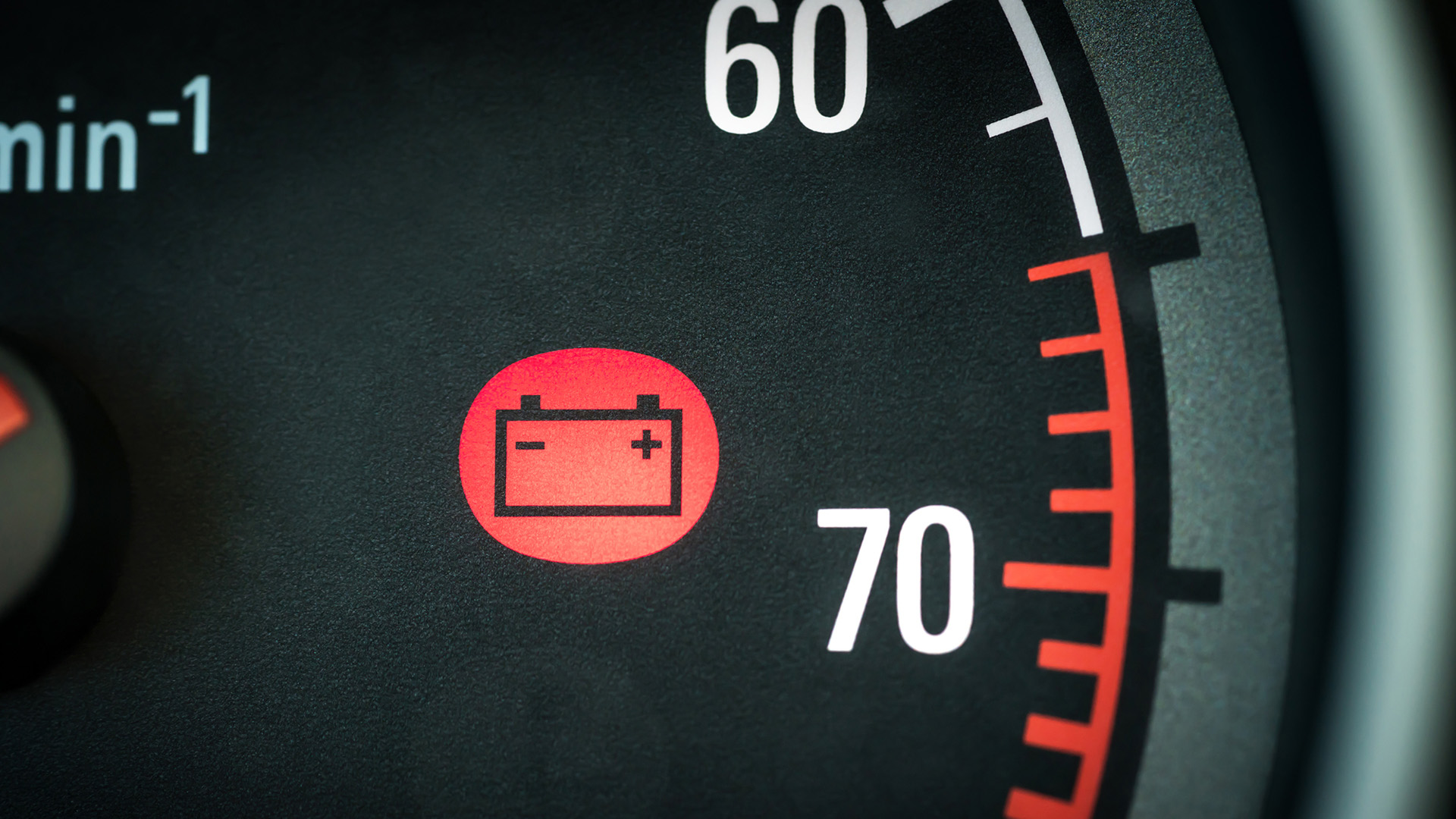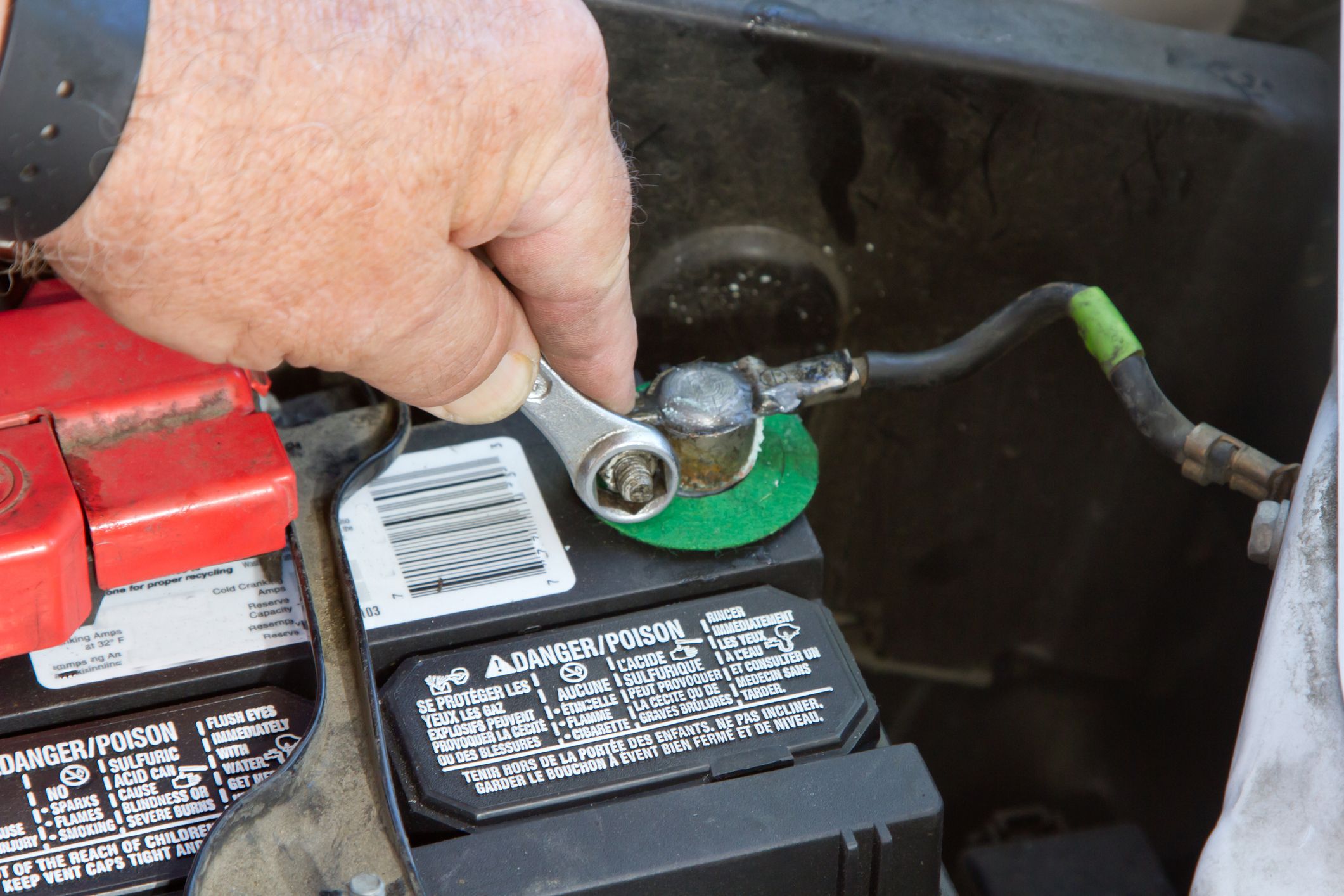Faster Delivery in 3-5 Days
Faster Delivery in 3-5 Days

Replacing a car battery is one of the easiest DIY car maintenance tasks you can do at home. With the help of car diagnostic tools or Autel Car Battery Tester, such as the Autel MaxiBAS BT608, you can confidently check battery health and avoid unnecessary trips to the repair shop—saving both time and money.
Modern lead-acid car batteries often show warning signs before they fail completely. Here are the common indicators that your battery may be going bad:

The battery warning light is on
Using tools like the Autel BT608 or a full-featured Autel OBD2 scanner, you can perform a battery health test and get clear diagnostics. These tools can even differentiate between a failing battery and a faulty alternator.
In my Mazda Miata, I used a car diagnostic scanner and got an alert that my battery was BAD, even though I hadn’t had starting issues yet. Running a charging system test confirmed that the alternator was fine, which meant it was time for a battery replacement.
The Autel MaxiBAS BT608 is ideal for this process. It provides advanced battery, starter, and alternator tests, supports battery registration/coding, and can reset battery-related parameters in modern vehicles.

The Autel MaxiBAS BT608 support one-touch battery registration
Replacing a battery safely requires a few basic tools and precautions:
1.Safety First
Park on level ground, wear gloves and safety glasses.
2.Locate the Battery
Found under the hood or, in some cars (like the Miata), in the trunk.
3.Disconnect the Negative Terminal (-)
Prevent sparks by removing the black (negative) cable first.
4.Disconnect the Positive Terminal (+)
Remove the red (positive) cable next.
5.Remove the Battery
Loosen the battery hold-down bracket and lift it out carefully—it’s heavy.
6.Match the New Battery
Compare size and terminal orientation with the old battery.
7.Install the New Battery
Set it into place, secure it with the clamp, and reattach the cables (positive first, then negative).
8.Prevent Corrosion
Clean terminals and apply dielectric grease.
9.Battery Coding with Autel Scanner
For some vehicles, you’ll need to register the new battery using a scanner like the Autel BT608 to avoid electrical issues and reset system parameters.

Disconnect the positive terminal from the car battery
When it comes to replacing a car battery, one of the most common questions drivers have is: "Should I do it myself or go to a repair shop?" The answer often comes down to cost, time, and confidence.
Here’s a clear breakdown of the typical expenses:
With tools like the Autel MaxiBAS BT508 or a compatible Autel scanner, even beginners can test, replace, and register a car battery without visiting a shop. These tools guide you through diagnostics and coding—essential for vehicles like BMW or Ford. You save money, gain experience, and the tool often pays for itself after just a few uses.
Want to get the most out of your car battery? Just follow a few simple habits:
These small steps can significantly extend battery life and reduce the risk of sudden breakdowns.
Replacing your car battery at home is not only possible—it’s smart, especially when you stay alert to early warning signs of battery failure. If you notice dim lights, slow engine starts, or other battery-related issues, don’t wait.
These signs usually give you enough time to prepare and act. Ignoring them could leave you stranded or even cause major electronic failures. With an Autel Battery Tester or best OBD scanner, you can monitor battery health regularly and replace it confidently at home before problems arise.